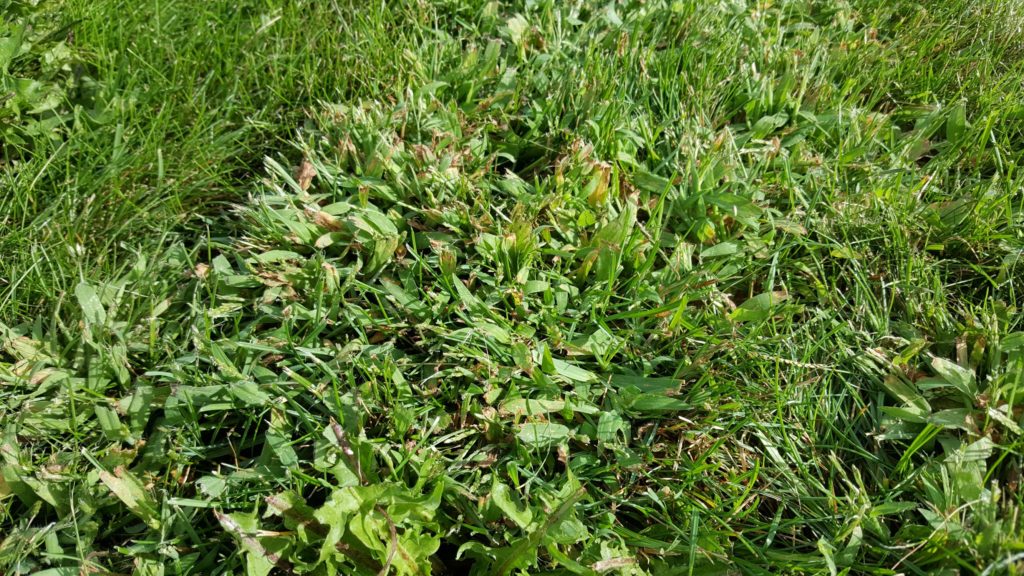Introduction: Crabgrass, a common and persistent weed in lawns and landscapes, often perplexes homeowners and lawn care professionals alike. Despite efforts to eradicate it, crabgrass continues to thrive and spread. However, by delving deeper into the underlying factors that contribute to its growth, we can gain valuable insights into how to effectively manage this opportunistic plant.
- The Role of Weeds as Opportunistic Plants:
- Weeds, including crabgrass, are opportunistic plants that thrive in disturbed environments.
- Their primary role is to propagate, grow, and protect the soil from degradation, ensuring the continuation of plant life.
- Through photosynthesis, weeds contribute to soil health by sequestering carbon, sending exudates down to the roots, and preventing soil overheating.
- Influence of Lawn Care Practices on Crabgrass Growth:
- Traditional lawn care practices, including the use of fertilizers and herbicides, can inadvertently promote crabgrass growth.
- Fertilizers rich in nitrogen can create lush, vigorous growth that benefits crabgrass over other turfgrass species.
- Herbicides, particularly iron-based ones, can disrupt soil health and nutrient dynamics, favoring the growth of opportunistic plants like crabgrass.
- Understanding the Fenton Reaction:
- The Fenton reaction, catalyzed by iron, produces highly reactive hydroxyl radicals that can damage soil structure and microbial communities.
- Continuous application of iron-based herbicides can exacerbate the Fenton reaction, leading to soil compaction and nutrient imbalances.
- Building Soil Health to Suppress Crabgrass Growth:
- Building soil health is key to suppressing crabgrass and promoting the growth of desirable turfgrass species.
- Strategies include increasing carbon content, organic matter, and minerals in the soil, as well as fostering soil biology.
- Incorporating compost, biochar, and microbial inoculants can enhance soil structure, nutrient cycling, and water retention.
Conclusion: Crabgrass growth is a symptom of underlying soil health issues and management practices that disrupt soil ecosystems. By adopting holistic approaches to lawn care that prioritize soil health and biodiversity, we can create environments that are less favorable for crabgrass and other opportunistic plants. Through understanding and addressing the root causes of crabgrass growth, we can cultivate thriving, resilient lawns that contribute to the overall health of our landscapes.
